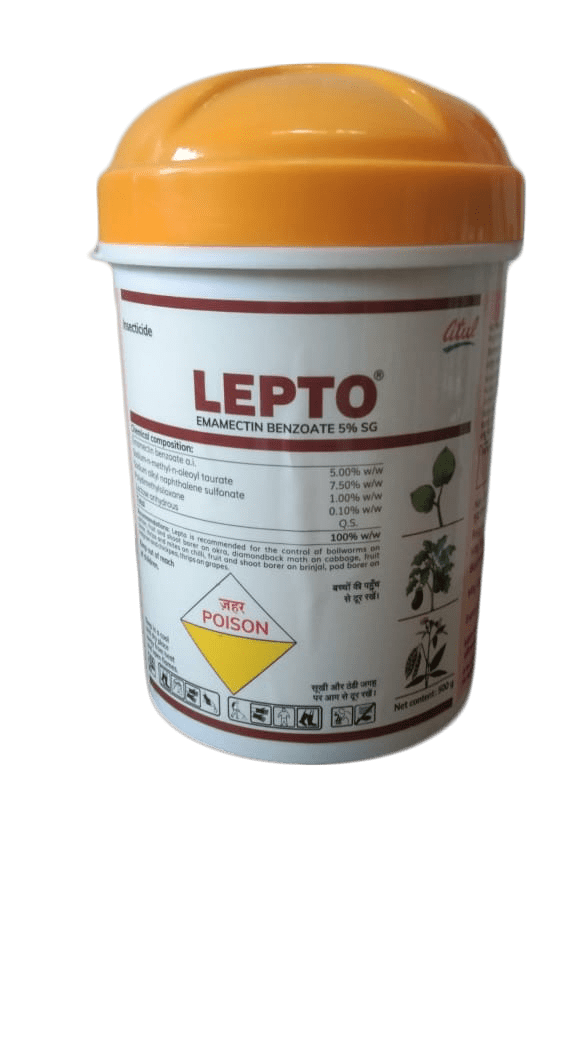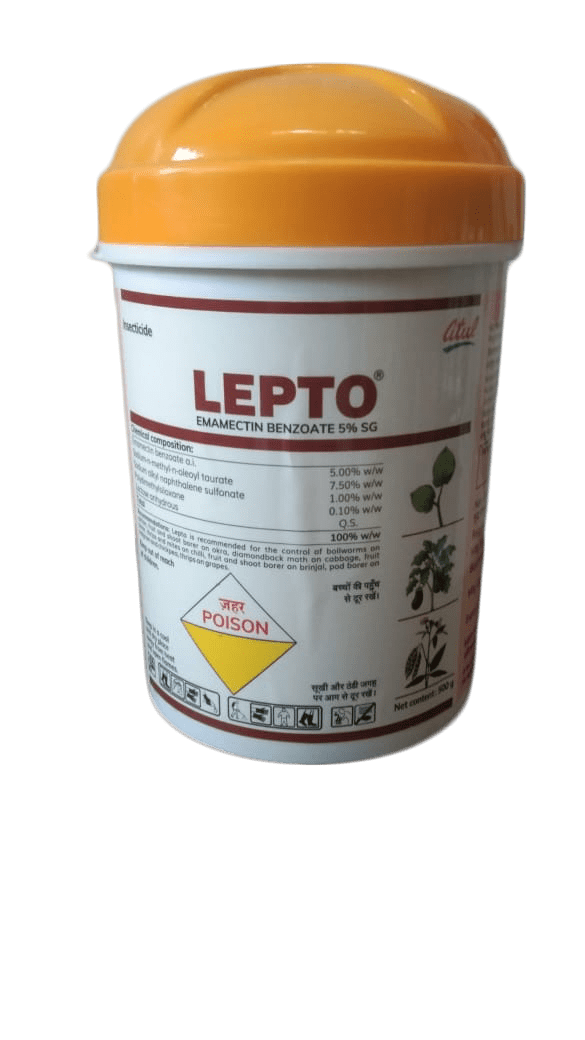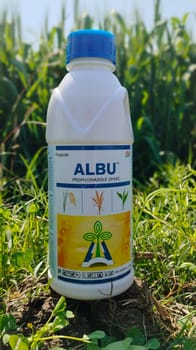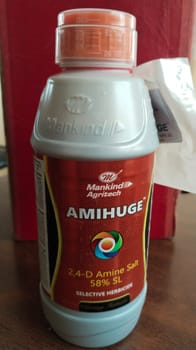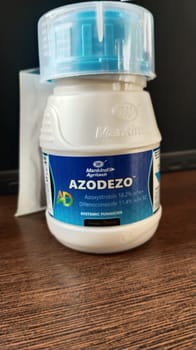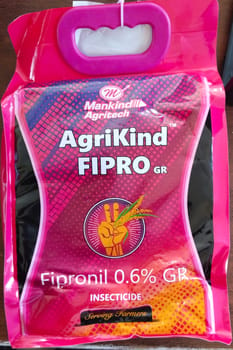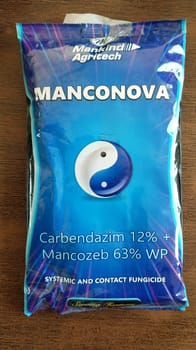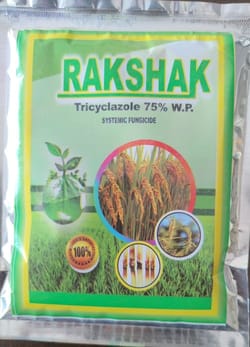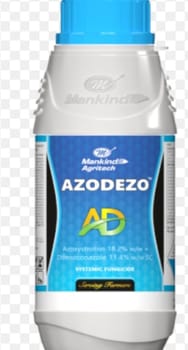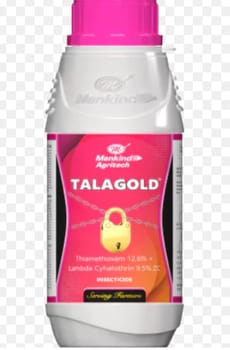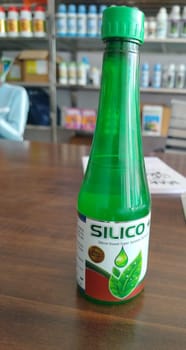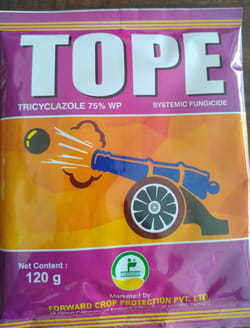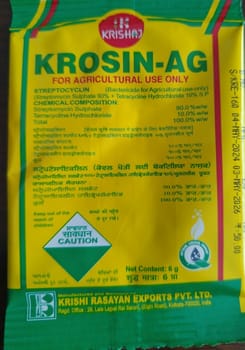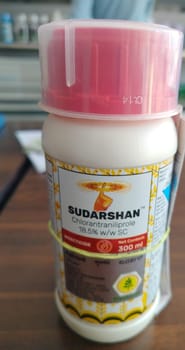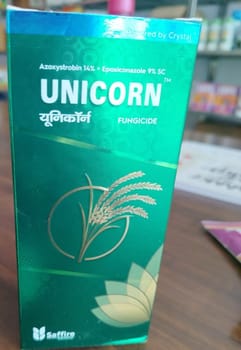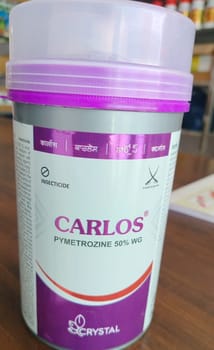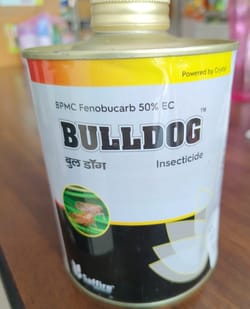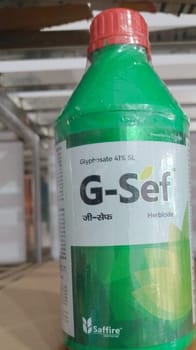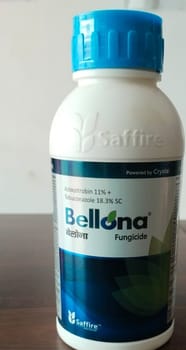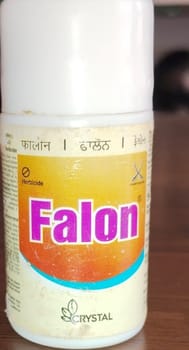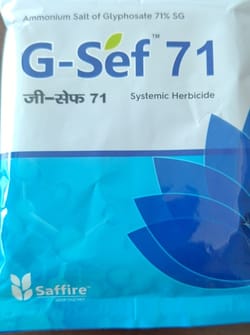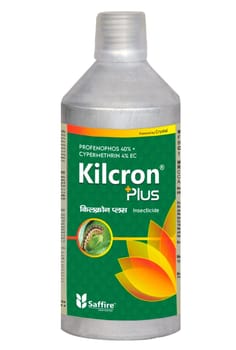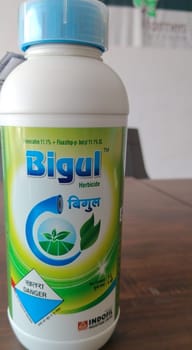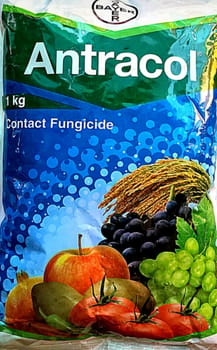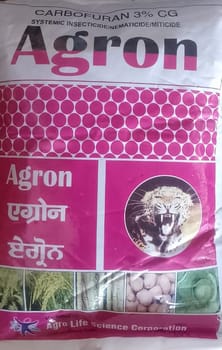₹330
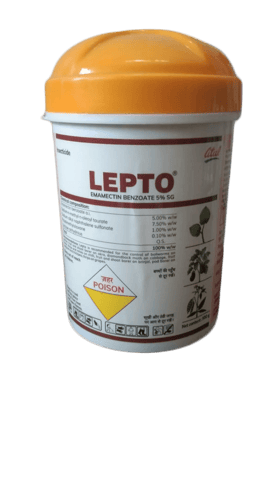
Lepto
SKU : SKU-_FOEKEOMWBJTD
₹1,200
Product Information
Lepto is an insecticide of biological origin used to control lepidopteran insects.
Mode of action: It penetrates into leaf tissues (translaminar activity) and forms a reservoir within the leaf. It inhibits muscle contraction, causing a continuous flow of chlorine ions in the GABA and H-Glutamate receptor sites. The affected larvae get paralysed, stops feeding shortly thereafter and are killed within 2-4 days.
Product group: Insecticides
Technical name: Emamectin benzoate 5% SG
| crop(s) | target pest(s) | dose | acre |
|---|---|---|
| red gram | chick pea | pod borer | 90 ML |
| cotton | bollworms | 90 ML |
| okra | fruit borer, shoot borer | 70 ML |
| cabbage | diamondback moth | 60-80 g |
| chilli | fruit borer, mites, thrips | 80 g |
| grape | thrips | 50-90 g |
| brinjal | fruit borer, shoot borer | 80 g |
Features:
? has a unique physiological mode of action, reducing the possibility of cross-resistance to other chemicals
? stops feeding of larvae within hours of ingestion, preventing subsequent crop damage
? is relatively safer for beneficial insects
